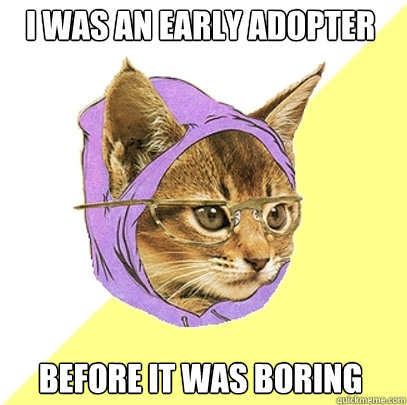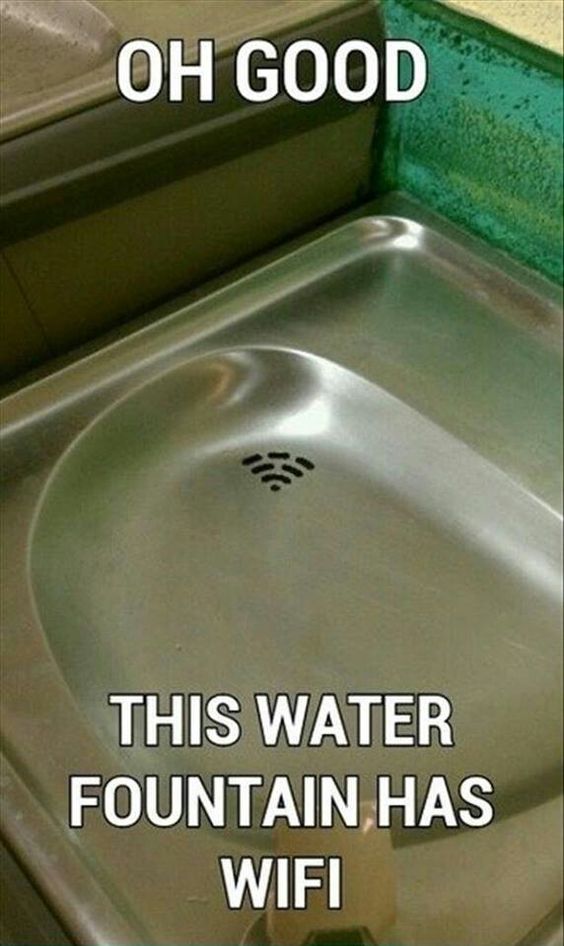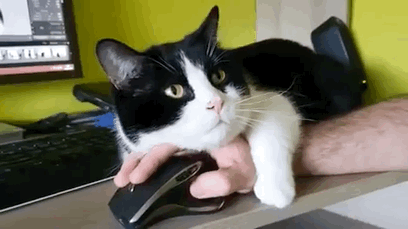 Quarantine is taking all of us into new territory. I’ve signed up for Zoom, Marco Polo, and Drizly.
Quarantine is taking all of us into new territory. I’ve signed up for Zoom, Marco Polo, and Drizly.
Stewart has learned how to use the Keurig machine.
When I was the home and garden editor at The Times-Picayune, years ago, living simple was a trend. I interviewed people determined to live off the grid – grow their own food, solar-power their energy needs, toss their TVs. Too much reliance on technical innovation, they felt.
In the coronavirus era, the trend has reversed. Technical innovation has become our lifeline to the world. Without broadband and cell towers, we truly would be alone these days. And while the yen for the simple life in those bygone days had something to do with the appeal of isolation and self-sufficiency, the same doesn’t hold true today. Back then, it was a choice. Now it’s a necessity. No wonder sales of things like Mirror virtual gyms and soda-making machines are soaring.
Stewart always accuses me of an over-zealous love of gadgets (a gene I inherited from my dad, an early adopter if there ever was one). I admit to some mistakes – the electronic mosquito zapper, or the automatic pool cover – but overall I see technology as a way to enhance our enjoyment of life. My son-in-law is a French-press devotee, but I’ll take a button-brewed and steamed café au lait any day.
 So, here in my living room, I have dived into apps and programs and devices with enthusiasm. The internet provides me with groceries, take-out food, book club meetings, family conferences, reading material and alcohol. I escape into Netflix and Hulu, and turn to online sages for advice. Need a consult on a kitchen cabinet color? Google it.
So, here in my living room, I have dived into apps and programs and devices with enthusiasm. The internet provides me with groceries, take-out food, book club meetings, family conferences, reading material and alcohol. I escape into Netflix and Hulu, and turn to online sages for advice. Need a consult on a kitchen cabinet color? Google it.
I’ve dragged a reluctant Stewart along with me into the tech world. In week one of quarantine, I taught him how to attach a document to an email. In week three, I coached him through a Zoom session. Last week, I taught him to make a payment with Venmo. Next week I plan a lesson in grocery ordering on Instacart.
Still, I’ve always preached that technology provides a means to an end, not an end in itself. I am eternally bemused by colleagues who spend hours setting up elaborate computer spreadsheets for a task that I can complete in a third of the time with a legal pad and pen. Technology should make our lives easier; it provides a shortcut, not a destination. Nor is it a substitute: I’m grateful that I can watch my new grandson start to smile or babble via FaceTime, but it will never replace cradling him in my arms.
Machines are so impersonal. I think that prompts in us – especially now — a yearning to create havens among all the wires, find tranquility beyond the monitors. Because the flip side of technological opportunity is oppression. Technology may give us a window to the world, but it’s not an open one; there’s no fresh air there.
“I feel a bit like I’m in a witness protection program,” NolaVie managing editor Kelley Crawford, who also is a college professor, said of her office set-up. “I’m in a room, sometimes a closet, fully tucked away from my family and any noise because I need a sterile background while I interact with students. The window shades have to be down to block out the sunlight, the overhead lighting makes me feel green, and I can’t talk too loudly – don’t want to disturb the rest of the house. I’m hiding from everything except that Zoom group of people, who are kind of doing the exact same thing.”
 Home work spaces that aren’t claustrophobic lean toward the chaotic; witness all the memes about trying to work at the kitchen table with a toddler underfoot.
Home work spaces that aren’t claustrophobic lean toward the chaotic; witness all the memes about trying to work at the kitchen table with a toddler underfoot.
Whatever the setup, this home invasion of screens and docks and chargers can drain any personal space of individuality. So what’s the solution? Creative types are reimagining their home environments by moving their artistic endeavors indoors. People are quilting, gardening, woodworking – try to find bread yeast or vegetable seeds these days.
I’ve always loved talking to people about their personal spaces, because it’s a key way that we define ourselves – our environment reflects our deepest selves in myriad ways. Never has that been more true than now, when we are largely confined to our homes, making them the prime outlet for our passions and emotions, tastes and personalities. It’s a tricky thing to bring our outside lives into our inside ones, and yet retain the feeling of sanctuary. To not let the electronics take over.
My 20-year-old GE wall oven died the other day, and I’ve been shopping (online) for a new one. Smart technology offers ovens with color touchscreen digital displays that give you recipes, food temperatures, scrolling settings. A smartphone app allows you to program it from your phone, turn it on from upstairs, ask it for advice, let it decide how to cook your dinner for you.
I’m opting instead for an old-fashioned version with knobs that turn. In the COVID era, I’m afraid that if I ever start talking to a smart oven, I may never stop.
 NOLAbeings Multimedia artist Claire Bangser created NOLAbeings as a portrait-based story project that marries...
NOLAbeings Multimedia artist Claire Bangser created NOLAbeings as a portrait-based story project that marries...  Voodoo in New Orleans: Reviving history: New Orleans fortune telling This article takes a deep dive into the history of Voodoo in New Orleans, its hybridization with Catholicism, and its present-day place in the city's culture. The author visits fortune-tellers in the French Quarter, using their guidance as a tool for introspection rather than a deterministic predictor of the future. Through her experiences in New Orleans, the author feels a mystical connection to both the past and the future.
Voodoo in New Orleans: Reviving history: New Orleans fortune telling This article takes a deep dive into the history of Voodoo in New Orleans, its hybridization with Catholicism, and its present-day place in the city's culture. The author visits fortune-tellers in the French Quarter, using their guidance as a tool for introspection rather than a deterministic predictor of the future. Through her experiences in New Orleans, the author feels a mystical connection to both the past and the future. 